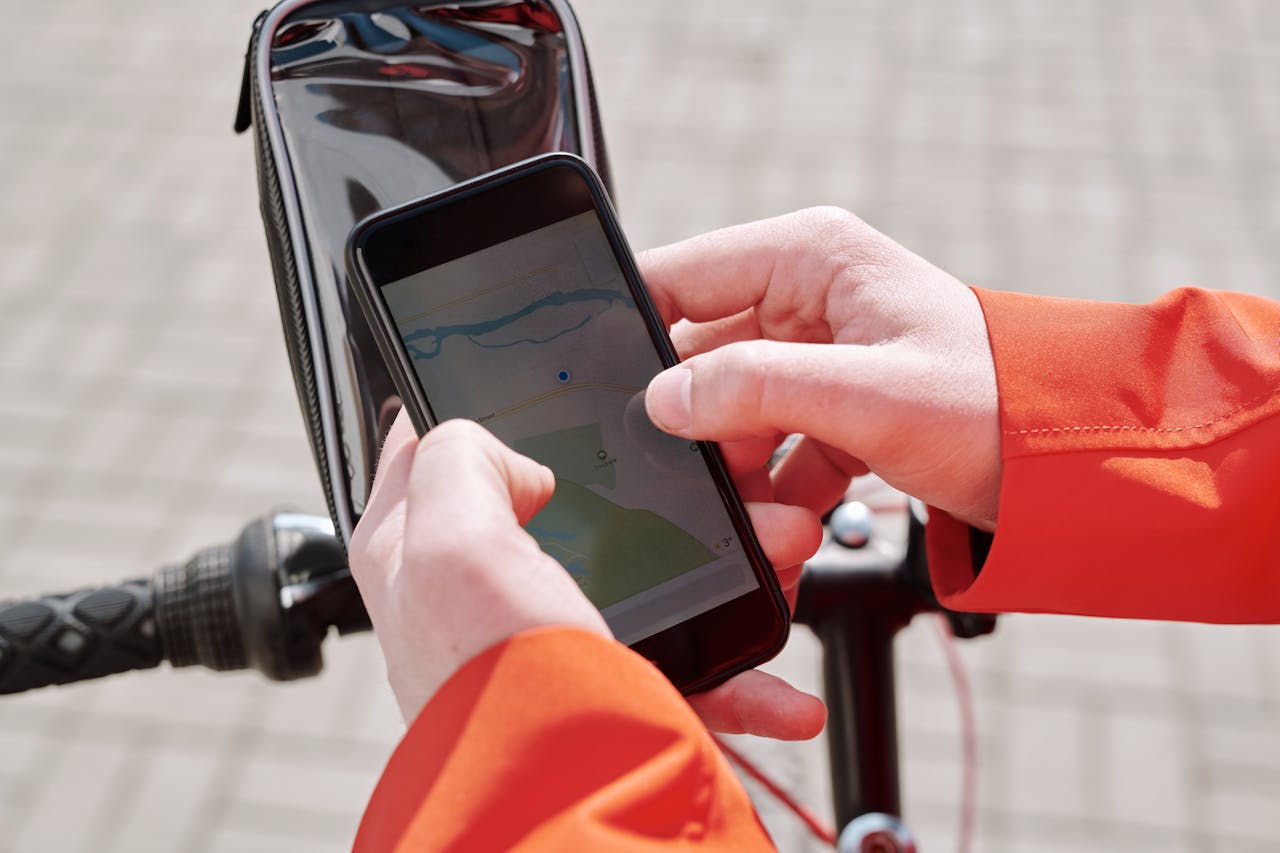
In our tech-driven society, tracking assets and maintaining an accurate account of equipment is crucial for any business. And there is a solution: mobile asset management software. This software helps manage assets efficiently. Let’s discuss the advantages of this software and understand how it functions and helps organizations make informed decisions.
Understanding Mobile Asset Tracking
Mobile asset tracking software enables organizations to track and monitor their assets using mobile devices. This technology makes dynamic transparency possible and maintains control over resources in real time. Mobile devices enable businesses to track assets on the go, adding flexibility and speed.
Benefits of Mobile Asset Tracking Software
The most important benefit is access to real-time data. By providing real-time access to asset status and location, users can make better decisions. Access to the records prevents loss and misplacement, saving both time and money.
Improved precision is yet another vital advantage. When you track manually, there is a lot of scope for error; the correct software reduces this error margin. Automating data entry can prevent embarrassing errors from creeping into the records, which is essential for audits and regulatory compliance.
Cost savings are also a notable benefit. Organizations can optimize resources by minimizing the requirement for manual work. By protecting against asset loss and mitigating human error, the software helps prevent loss and ultimately leads to financial savings, making it a worthy investment.
Essential Features to Look For
There are some essential features to look for when choosing your mobile asset tracking software. The ability to track in real time is essential, allowing the user to view the progress or movement of their asset. Alerts and notifications regarding changes or problems further improve this feature.
It is also crucial that it seamlessly integrates with your existing systems. The software should work well with other tools, including inventory management or financial systems, to ensure a full view of operations. This integration allows information to flow seamlessly between departments.
Ease of use is an important factor for popularization. It is important that your software is user-friendly, allowing the ability for all users to be able to navigate through the software regardless of skill level. Supplementary training and support resources promote usability with the ability to extract the most potential out of the tool by the staff.
Implementing Mobile Asset Tracking Software
Successful implementation requires careful planning. Organizations should evaluate their existing processes and determine where improvements can be made. Adapting the software according to unique business needs helps.
Training is an essential part of implementation. Offer thorough training to ensure employees know how to use the software. Continuous support and updates provide even more importance, keeping the system up to date and working.
After implementation, it also needs constant monitoring and evaluation. Through routine analysis, we learn where improvements are needed and can ensure that the software will help the organization accomplish its goals. User insights can lead to adjustments that aim for constant improvement.
Challenges and Solutions
You must also expect the challenges that come with mobile asset tracking software, even if it entails many advantages. Integration problems may arise if the software is not compatible with existing systems. To combat this challenge, pick a solution that comes with a powerful integration capability.
Classroom management is another common challenge. Old technology becomes too complicated or unwieldy to support the future of the business, and new technology arrives to improve processes and productivity. However, employees are reluctant to adopt it, fearing that it will disrupt their day-to-day functioning. Transparency and explaining the software’s benefits can help ease the above concerns.
Another important consideration is data security. Securing sensitive data is the top priority, and the software should help organizations achieve that with strong security features. Periodical audits and updates keep the data protected, safeguarding this treasure of valuable information.
Mobile asset tracking software is an efficient solution for managing your resources. It has its benefits, such as access to up-to-date data, enhanced accuracy, and cost savings, making it a great tool for organizations. By selecting the right features and addressing implementation challenges effectively, organizations can fully capitalize on this technology. As this technology continues to evolve in the future, staying updated will ensure your company remains competitive and efficient.



